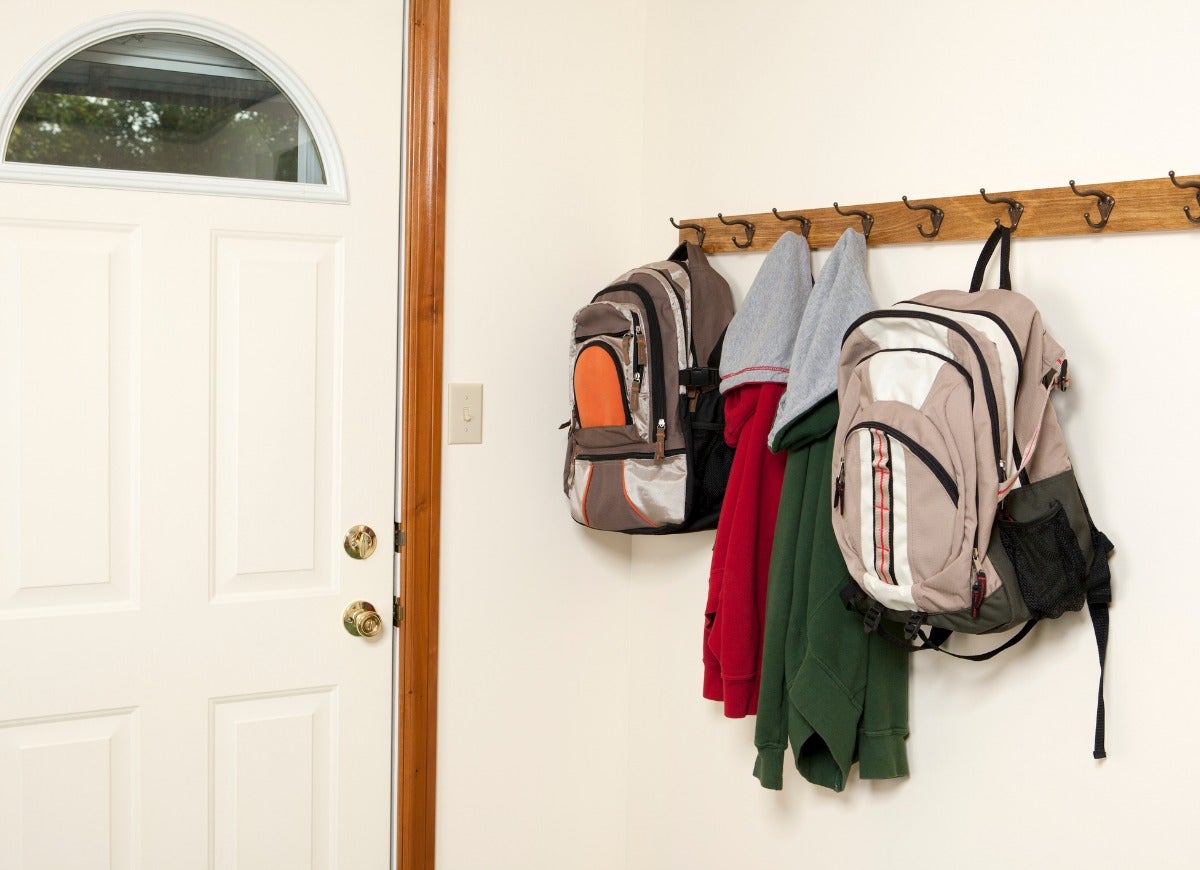

Articles
How To Store Backpacks
Modified: January 19, 2024
Discover the best ways to store backpacks in this comprehensive collection of articles. Get tips and tricks to keep your backpacks organized and protected for long-lasting use.
(Many of the links in this article redirect to a specific reviewed product. Your purchase of these products through affiliate links helps to generate commission for Storables.com, at no extra cost. Learn more)
Introduction
Backpacks are a convenient and versatile accessory, whether you use them for school, work, travel, or outdoor adventures. However, when not in use, it is essential to store them properly to maintain their quality and prolong their lifespan. Proper storage techniques can help prevent damage, odors, and deformation, ensuring that your backpacks are ready for use whenever you need them.
In this article, we will explore the best practices for storing backpacks. We will discuss how to determine the appropriate storage space, clean backpacks before storing, pack them for storage, choose an ideal storage location, and utilize various storage methods. By following these guidelines, you can ensure that your backpacks remain in excellent condition and are easily accessible when you need them.
Key Takeaways:
- Properly storing backpacks is crucial for maintaining their quality and ensuring they’re ready for use. From cleaning before storage to choosing the right location, these tips will help preserve your backpacks for future adventures.
- Organizing multiple backpacks is essential for easy access and maintaining their condition. Sort, categorize, and utilize various storage options to create an efficient system for your backpack collection.
Read more: How To Store Loungefly Backpacks
Determining Storage Space
Before you begin storing your backpacks, it is essential to determine the appropriate storage space. Consider the size and number of backpacks you need to store to ensure you have enough room to accommodate them properly.
If you have limited space, such as a small apartment or dorm room, you may need to get creative with your storage solutions. Utilize unused areas like the back of a closet door, under the bed, or high shelves. By maximizing vertical space and utilizing every nook and cranny, you can effectively store your backpacks without cluttering your living space.
Additionally, consider the style and size of your backpacks. Some backpacks may be collapsible or foldable, which can make them easier to store in compact spaces. However, larger backpacks with bulky frames or rigid structures may require more space.
Furthermore, take into account the weight of the backpacks. If you have multiple heavy backpacks, ensure the storage space can handle the weight without causing any damage or sagging. Reinforcing shelves or using sturdy hooks and racks can help distribute the weight evenly and prevent any structural issues.
Take the time to assess your available storage options and measure the dimensions to determine if they can accommodate your backpacks comfortably. It is better to have a designated space that provides ample room to store and access your backpacks without causing any crowding or damage.
Cleaning Backpacks Before Storage
Before storing your backpacks, it is crucial to clean them thoroughly. This not only helps maintain their appearance but also prevents odors and the buildup of dirt or debris, which can damage the fabric or materials over time.
Start by emptying out all the contents of the backpack, including any pockets or compartments. Shake the backpack upside down to remove any loose dirt or debris. If there are any crumbs or larger particles stuck inside, use a small handheld vacuum or a brush attachment to carefully remove them.
Next, check the care instructions on the backpack’s label. Most backpacks can be safely hand-washed or machine-washed, but it is important to follow the manufacturer’s recommendations. If the backpack is machine-washable, remove any detachable straps or accessories, such as metal hooks or buckles, before washing.
If hand-washing the backpack, fill a sink or basin with warm water and a mild detergent. Submerge the backpack and gently scrub it using a soft brush or sponge. Pay extra attention to any stained or soiled areas. Rinse the backpack thoroughly with clean water to remove any soap residue.
If machine-washing the backpack, use a gentle cycle and place it in a laundry bag or pillowcase to prevent straps or buckles from getting tangled or damaged. Use a mild detergent, and avoid adding any bleach or fabric softener, as they can damage the backpack’s fabric.
Once cleaned, hang the backpack to air dry in a well-ventilated area. Avoid direct sunlight, as it can fade the colors or cause the fabric to become brittle. Make sure the backpack is completely dry before proceeding to pack and store it.
It is worth noting that some backpacks may require special care or cleaning methods depending on their materials. For example, backpacks made of leather or delicate fabrics may require specific cleaning products or professional cleaning. Always refer to the manufacturer’s instructions or seek guidance from a professional if you are unsure how to clean your backpack.
By cleaning your backpacks before storage, you can ensure that they are free from dirt, stains, and odors, promoting their longevity and preserving their overall quality.
Packing Backpacks for Storage
Properly packing your backpacks before storage is essential to maintain their shape and protect them from any potential damage. Follow these steps to ensure your backpacks are packed correctly:
- Empty and organize: Empty out all the contents of the backpack, including any pockets or compartments. Take the time to organize and sort through the items. Remove any unnecessary items or trash.
- Inspect for damage: Before packing, inspect the backpack for any signs of damage or wear. Check for loose threads, broken zippers, or torn fabric. If you notice any issues, it is best to address them before storing the backpack.
- Loosen straps and adjust compartments: Loosen all the straps and adjust the compartments to their neutral positions. This helps relieve any tension on the backpack’s structure and ensures a proper fit when packed.
- Stuff empty spaces: Fill any empty spaces within the backpack with soft items, such as clothing, towels, or bubble wrap. This helps maintain the backpack’s shape and prevents it from collapsing in on itself during storage.
- Protect fragile items: If you have any fragile or breakable items that need to be stored in the backpack, wrap them with protective materials like bubble wrap or cloth. This adds an extra layer of cushioning and prevents the items from shifting or breaking.
- Secure zippers and closures: Close all the zippers and secure any closures on the backpack. This prevents them from snagging or becoming damaged during storage.
- Consider using storage bags: To further protect your backpacks from dust, moisture, or pests, consider placing them inside breathable storage bags or pillowcases. These bags will provide an extra layer of protection without suffocating the backpacks.
It is essential to avoid overpacking or placing any heavy objects on top of the backpacks during storage, as this can lead to deformation or unnecessary strain on the backpack’s structure.
Finally, when storing multiple backpacks, it is helpful to label or create a system to easily identify which backpack is which. This will save you time and effort when you need to retrieve a specific backpack.
Following these steps will help ensure that your backpacks are properly packed and protected during storage, ready for future use in excellent condition.
Choosing a Storage Location
When it comes to storing your backpacks, selecting the right storage location is crucial. The ideal location should provide a clean, dry, and well-ventilated environment to prevent the growth of mold, mildew, or unpleasant odors. Here are some factors to consider when choosing a storage location for your backpacks:
- Avoid extreme temperatures: Extreme temperatures can have negative effects on the materials of your backpacks. Avoid storing them in areas that are prone to excessive heat or cold, such as attics, garages, or basements. Instead, opt for a room with a consistent temperature, such as a bedroom or a dedicated storage closet.
- Keep away from direct sunlight: Prolonged exposure to direct sunlight can fade the colors and weaken the fabric of your backpacks. Choose a storage location that is away from windows or any sources of direct sunlight. If storage options near windows are limited, consider using curtains or blinds to block out the sunlight.
- Ensure proper ventilation: Proper air circulation is vital to prevent the buildup of musty odors and to keep your backpacks fresh. Avoid storing your backpacks in airtight containers or sealed plastic bags, as this can trap moisture and create a breeding ground for mold and mildew. Instead, choose a location with good airflow, such as a closet with ventilation or open shelves.
- Consider accessibility: Store your backpacks in a location that is easily accessible for your needs. If you frequently use certain backpacks, place them in an area that is within reach. Consider using hooks, racks, or shelving units to keep your backpacks organized and visible.
- Think about security: If you have valuable or expensive backpacks, consider storing them in a location that provides added security, such as a locked closet or a storage room with restricted access. This can help protect your backpacks from theft or damage.
It is important to assess your available space and prioritize the conditions that will best preserve the quality of your backpacks. By carefully choosing a storage location that meets these criteria, you can ensure that your backpacks remain in excellent condition for the long term.
Read more: How To Store A Backpack Blower
Storing Backpacks in Closets or Shelves
If you have a closet or shelves available, they can be an excellent storage option for your backpacks. Here are some tips for storing backpacks in closets or on shelves:
- Clean and prepare the space: Before storing your backpacks, make sure the closet or shelves are clean and free from dust or debris. Wipe down the surfaces and remove any items that may interfere with storing the backpacks.
- Utilize hanging space: If you have enough vertical space in your closet, hanging your backpacks can be a convenient option. Use sturdy hooks or hangers to hang the backpacks by their straps. Make sure the hooks or hangers can bear the weight of the backpacks without sagging or causing damage.
- Stack backpacks on shelves: If hanging space is limited, utilize shelves for storing your backpacks. Place larger and heavier backpacks on the bottom shelves to provide stability. Smaller or lighter backpacks can be stacked on top. Be careful not to stack them too high to avoid any toppling risks.
- Organize by frequency of use: Consider organizing your backpacks based on their frequency of use. Keep the backpacks you use more often within easy reach, while those you use less frequently can be placed on higher or harder-to-reach shelves. This will help you easily access the backpacks you need without disturbing the others.
- Use shelf dividers or organizers: To maximize the space and keep your backpacks neat, consider using shelf dividers or organizers. They can help separate and support the backpacks, preventing them from falling or collapsing into each other.
- Label or categorize: To stay organized, consider labeling or categorizing your backpacks. Use tags, labels, or color-coding systems to identify the contents or purpose of each backpack. This will save you time and effort when you need to find a specific backpack.
When storing your backpacks in closets or on shelves, make sure they are properly supported and not squished against other items. Allow enough space between each backpack to prevent any unnecessary pressure or deformation.
Regularly check your backpacks for any signs of damage or pests. Clean the closet or shelves periodically to maintain a clean and tidy storage space. By following these tips, you can effectively store your backpacks in closets or on shelves, making them easily accessible and well-organized.
Store backpacks in a clean, dry area away from direct sunlight to prevent fading and damage. Hang them on hooks or store them on shelves to maintain their shape and organization.
Storing Backpacks in Plastic Containers
If you are looking for a more protective storage option, storing backpacks in plastic containers can offer additional security against dust, moisture, and pests. Here’s how to store your backpacks in plastic containers:
- Select the right container size: Choose plastic containers that are large enough to comfortably fit your backpacks without crumpling or squishing them. Consider the dimensions of your backpacks and opt for containers with a bit of extra space to allow for proper ventilation.
- Clean and dry the backpacks: Before placing your backpacks in the plastic containers, ensure they are clean and completely dry. Follow the proper cleaning instructions mentioned earlier in this article. Packing dirty or damp backpacks can lead to mold or unpleasant odors over time.
- Place each backpack in a protective bag: For an added layer of protection, place your backpacks individually in breathable storage bags or pillowcases. These bags will help prevent any scratching or rubbing between the backpacks and the plastic container.
- Arrange the backpacks in the container: Gently place the backpacks inside the plastic container, taking care not to overload or overcrowd them. If you have multiple backpacks, consider stacking them neatly, with the heavier ones on the bottom and lighter ones on top.
- Add moisture-absorbing packets: To prevent any moisture buildup within the plastic container, consider adding moisture-absorbing packets or silica gel packs. These will help maintain a dry environment and prevent the growth of mold or mildew.
- Secure the container: Seal the plastic container securely to keep out dust, insects, and moisture. Make sure the lid is tightly closed to maintain the integrity of the stored backpacks. If the container has any gaps or openings, use tape or plastic wrap to seal them.
- Label the container: To easily identify the contents, label the outside of the plastic container with a description of the backpacks or categories. This will save you time when you need to locate a specific backpack.
- Choose a suitable storage location: Store the plastic container in a cool, dry, and well-ventilated area. Avoid exposure to direct sunlight or extreme temperatures. A closet or a dedicated storage room would be an excellent choice for storing plastic containers filled with backpacks.
When using plastic containers, it is important to periodically check for any signs of moisture, pests, or damage. Ventilate the containers occasionally to prevent any trapped odors. If possible, avoid stacking heavy items on top of the containers to prevent any unnecessary pressure.
By storing your backpacks in plastic containers, you can protect them from dust, moisture, and other potential hazards, keeping them in pristine condition until you need them again.
Hanging Backpacks on Hooks or Racks
Hanging backpacks on hooks or racks is a practical and space-saving storage solution. It keeps your backpacks easily accessible while also maintaining their shape. Here’s how to effectively hang your backpacks:
- Choose sturdy hooks or racks: Select hooks or racks that are strong and durable enough to hold the weight of your backpacks. Look for hooks or racks specifically designed for storing backpacks or heavy items.
- Find a suitable location: Identify a wall or door where you can securely install hooks or racks. Make sure the location is easily accessible and won’t interfere with foot traffic or daily activities.
- Install the hooks or racks: Follow the manufacturer’s instructions to properly install the hooks or racks on the chosen location. Use anchors or screws that are appropriate for your wall type to ensure stability.
- Empty the backpacks: Before hanging your backpacks, empty them completely. Remove any items from the pockets and compartments, and double-check for any loose items or trash.
- Loosen the straps and adjust the compartments: Loosen the straps and adjust the compartments to their neutral positions. This helps relieve any tension on the backpack’s structure and ensures a proper fit when hanging.
- Hang your backpacks: Insert the backpack straps onto the hooks or hangers, ensuring they are securely in place. Make sure the weight of the backpack is evenly distributed to prevent any strain on the straps or hooks.
- Allow for proper spacing: Leave enough space between each hung backpack to prevent them from touching or rubbing against each other. This helps prevent unnecessary wear and tear and maintains airflow between the backpacks.
- Consider using additional accessories: To further organize hanging backpacks, consider utilizing accessories such as carabiner clips or S-hooks. These can be attached to the backpack straps or handles and used to hang smaller items like hats, keys, or umbrellas.
- Regularly check the hooks or racks: Periodically inspect the hooks or racks to ensure they are still secure and in good condition. Tighten any loose screws or replace any worn-out hooks or racks as needed.
When hanging your backpacks, it is important to avoid overloading the hooks or racks. Be mindful of the weight and size of the backpacks to prevent them from slipping off or causing damage to the hooks or racks.
By hanging your backpacks on hooks or racks, you can keep them organized, easily accessible, and free from any potential damage that may occur when storing them in other ways.
Storing Backpacks in Designated Storage Bags
If you are looking to protect your backpacks from dust, moisture, and potential damage, storing them in designated storage bags is a smart choice. These bags are specifically designed to provide extra protection and convenience for storing your backpacks. Here’s what you need to know:
- Select the right storage bags: Opt for storage bags that are large enough to comfortably fit your backpacks. Look for bags made from breathable materials such as canvas, nylon, or polyester. These materials allow air circulation while protecting your backpacks from dust and other contaminants.
- Clean and dry the backpacks: Before placing your backpacks in the storage bags, ensure they are clean and completely dry. Follow the proper cleaning instructions mentioned earlier in this article. This helps prevent any mold or mildew from forming inside the bags.
- Pack each backpack individually: Place each backpack inside its own storage bag to prevent any scratching or rubbing between them. If your backpack has detachable straps, consider removing them and placing them inside a separate pocket or bag within the storage bag.
- Utilize additional padding: If you have a particularly delicate or valuable backpack, consider using additional padding for added protection. Wrap the backpack with soft materials such as towels or bubble wrap before placing it inside the storage bag.
- Secure the storage bags: Once the backpacks are placed inside the storage bags, seal them securely. Most storage bags come with zipper closures, drawstrings, or Velcro straps to ensure a tight seal. This protects your backpacks from dust, moisture, and pests.
- Label or categorize: To easily identify the contents, label the outside of each storage bag with a description of the backpack or category. This saves you time when you need to locate a specific backpack without opening each bag.
- Choose a suitable storage location: Store the storage bags in a clean, dry, and well-ventilated area. Avoid direct sunlight and extreme temperature fluctuations. A closet or a dedicated storage space would be ideal for keeping your backpacks protected.
- Regularly check the bags: Periodically inspect the storage bags for any signs of damage, pests, or excess moisture. Check for any tears or holes in the bags and repair or replace them if necessary.
Storing your backpacks in designated storage bags provides an extra layer of protection, keeping them clean, free from dust, and well-preserved until you need to use them again.
Remember to check the storage bags periodically and ensure proper ventilation to prevent any moisture buildup. By following these steps, you can prolong the lifespan of your backpacks and avoid any unnecessary damage or wear.
Read more: How To Store Backpack Blower
Tips for Organizing Multiple Backpacks
If you have multiple backpacks to store, keeping them organized is essential for easy access and maintaining their condition. Here are some helpful tips for organizing multiple backpacks:
- Sort and categorize: Start by sorting your backpacks into categories based on their purpose, size, or frequency of use. This will help you determine the best storage arrangement for each group.
- Designate storage zones: Create designated storage zones for each category of backpacks. This can be shelves, racks, or specific areas in a closet. Having dedicated zones will make it easier to find and retrieve the backpack you need without rummaging through all of them.
- Use labels or tags: Label each backpack or use tags to identify their contents or purpose. This can save you time when searching for a specific backpack and help maintain an organized system.
- Utilize hooks or hangers: If you have limited shelf or floor space, consider using hooks or hangers to hang your backpacks. This not only saves space but also keeps the backpacks easily accessible.
- Stack backpacks neatly: If you choose to stack your backpacks, do so in an organized and stable manner. Place larger and heavier backpacks at the bottom of the stack and lighter ones on top. Make sure the stack is secure and won’t topple over.
- Utilize storage bins or containers: Use storage bins or containers to group backpacks within the same category. For example, you can have a container for school backpacks, another for travel backpacks, and so on. This helps minimize clutter and keeps similar backpacks together.
- Consider using hanging organizers: Hanging organizers with multiple compartments can be a great solution for storing smaller backpacks or backpack accessories like water bottles, umbrellas, or smaller bags. Hang these organizers on hooks or behind closet doors for easy access.
- Create a system for rotation: If you have backpacks that are rarely used, consider creating a rotation system. This involves periodically swapping out the backpacks you use more frequently with the ones you use less often. This helps prevent any backpacks from sitting unused for extended periods of time.
- Regularly declutter and assess: Regularly declutter your backpack collection by reassessing which ones you truly need. If there are any backpacks that you no longer use or have outgrown, consider donating or selling them to free up storage space.
Remember to regularly maintain and clean your organized backpack storage area to prevent dust buildup and ensure a tidy space. By implementing these tips, you can create a well-organized system for storing and accessing your multiple backpacks.
Conclusion
Properly storing your backpacks is essential for maintaining their quality and ensuring they are ready for use whenever you need them. By following the guidelines discussed in this article, you can ensure that your backpacks remain in excellent condition, protected from dust, moisture, pests, and other potential sources of damage.
First, determine the appropriate storage space based on the size and number of backpacks you have. Maximize the available space in your home by utilizing closets, shelves, or even under-bed storage options. Choose a location that offers a stable and well-ventilated environment, away from extreme temperatures and direct sunlight.
Prior to storage, clean your backpacks thoroughly to remove dirt, debris, and odors. Follow the manufacturer’s instructions for the proper cleaning method. Allow your backpacks to air dry completely before packing them for storage.
Pack your backpacks with care, ensuring they are free from excess pressure or weight. Use protective materials or storage bags to further safeguard your backpacks from potential damage during storage. Label or categorize your backpacks for easy identification and retrieval in the future.
Consider various storage options such as hanging your backpacks on hooks or racks, stacking them on shelves, or storing them in plastic containers. Each option has its pros and cons, so choose the one that best suits your space and the needs of your backpack collection.
To keep your backpacks organized, sort them into categories based on size, purpose, or frequency of use. Utilize labels, tags, or dedicated storage zones to create an efficient system. Regularly assess and declutter your collection to ensure you are only keeping the backpacks you truly need.
In conclusion, by following these best practices for storing backpacks, you can extend their lifespan, maintain their quality, and have easy access to them whenever you need them. Proper storage not only extends the usability of your backpacks but also ensures that they are in optimal condition for your next adventure, whether it’s a hike, a commute, or a school day. Happy storing!
Frequently Asked Questions about How To Store Backpacks
Was this page helpful?
At Storables.com, we guarantee accurate and reliable information. Our content, validated by Expert Board Contributors, is crafted following stringent Editorial Policies. We're committed to providing you with well-researched, expert-backed insights for all your informational needs.
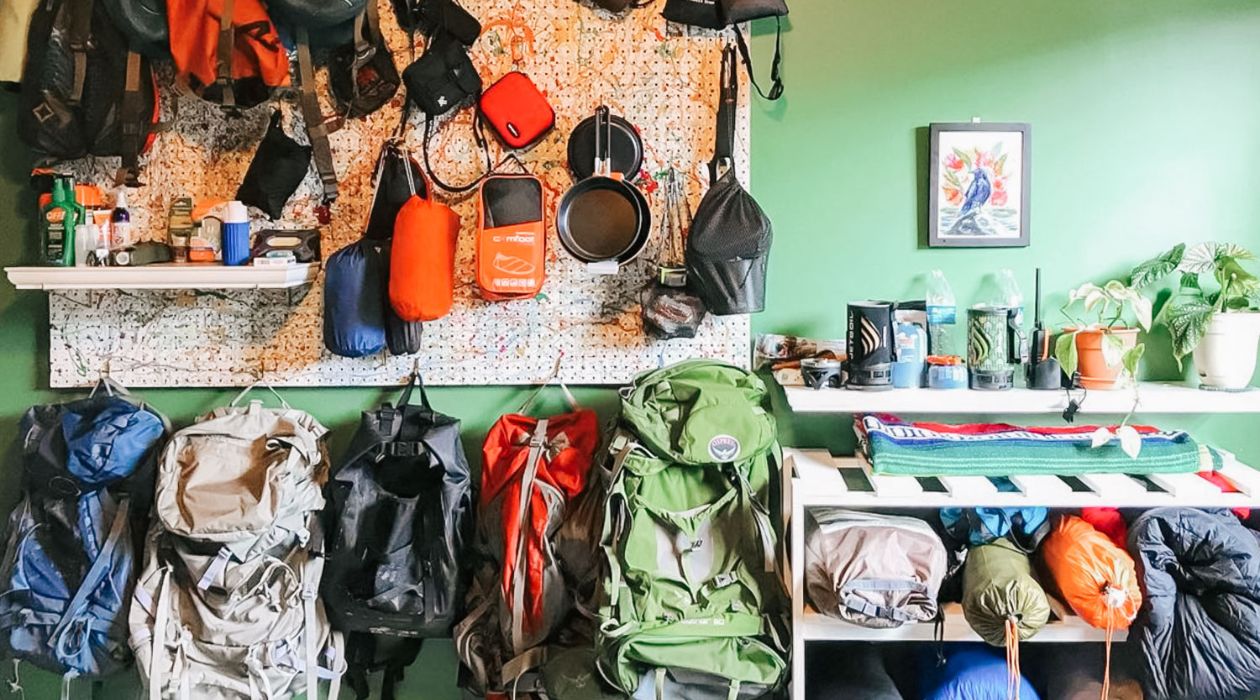

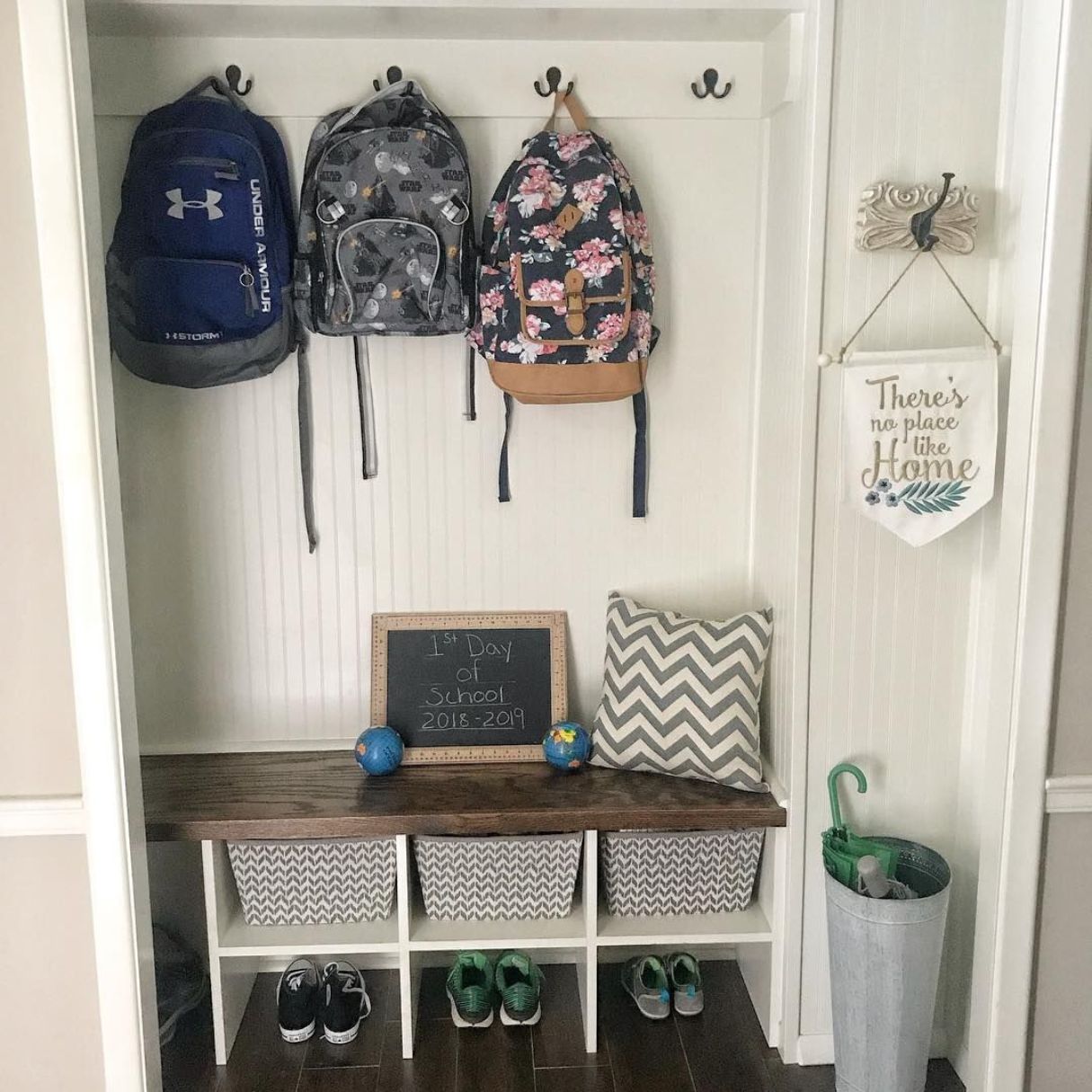
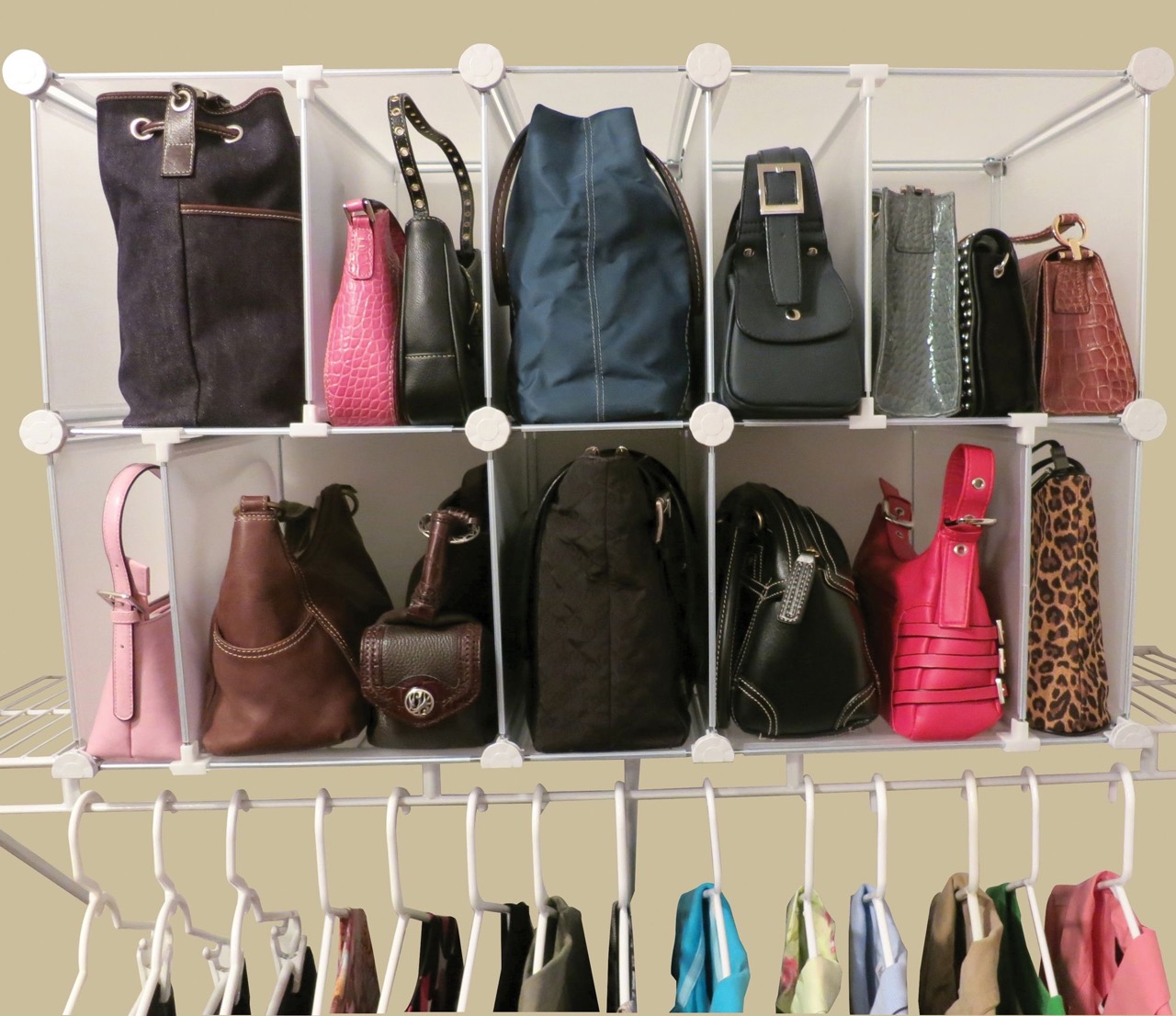
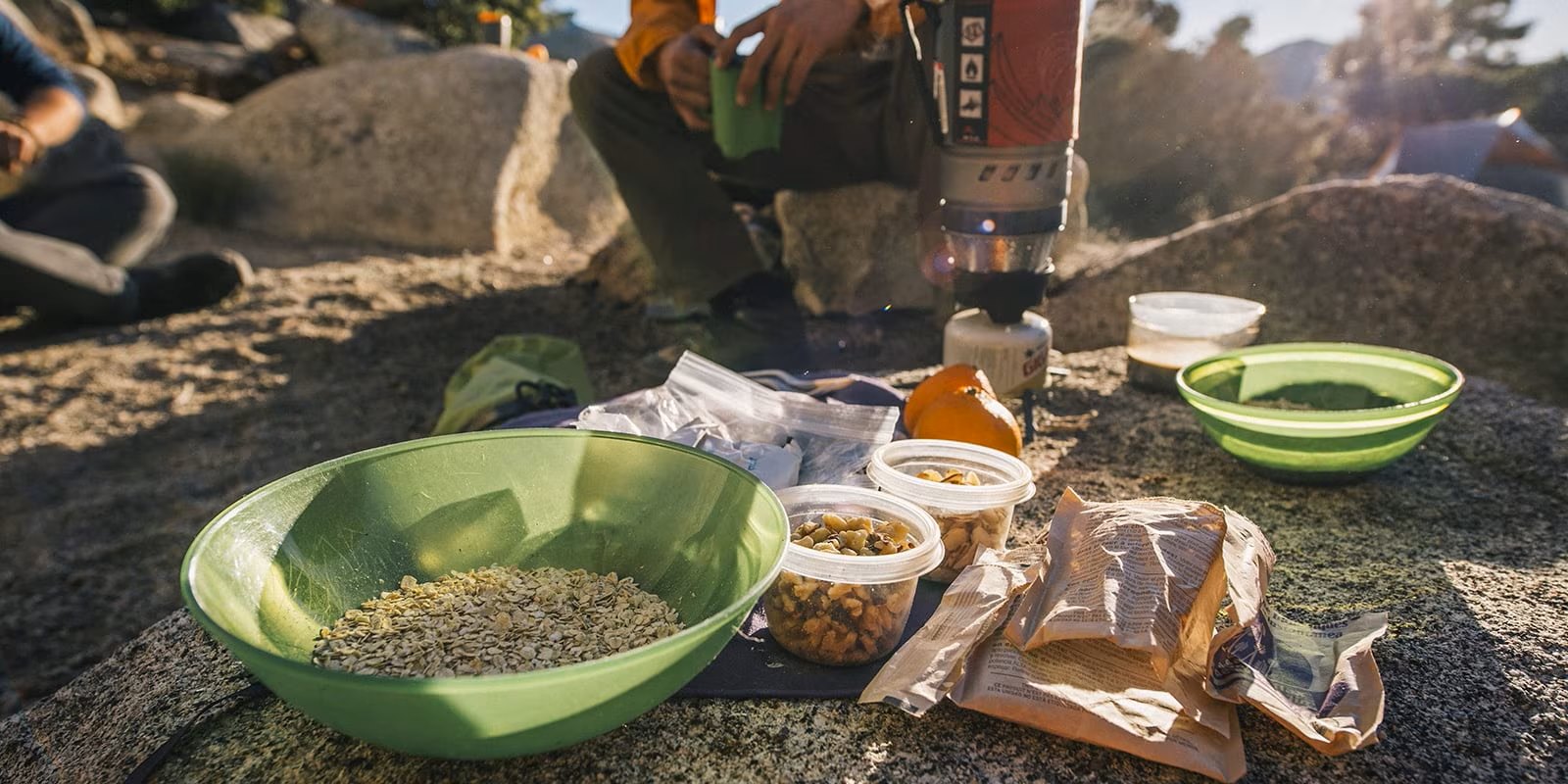
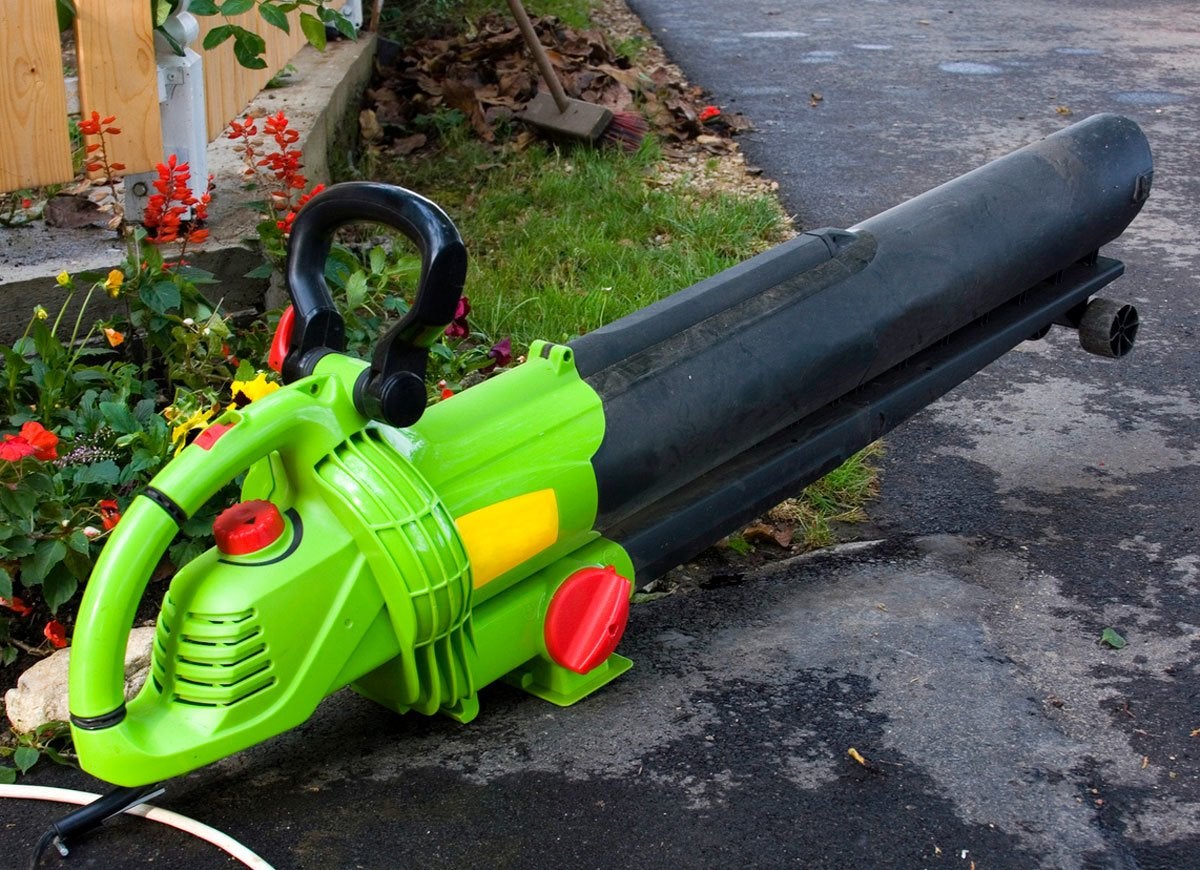
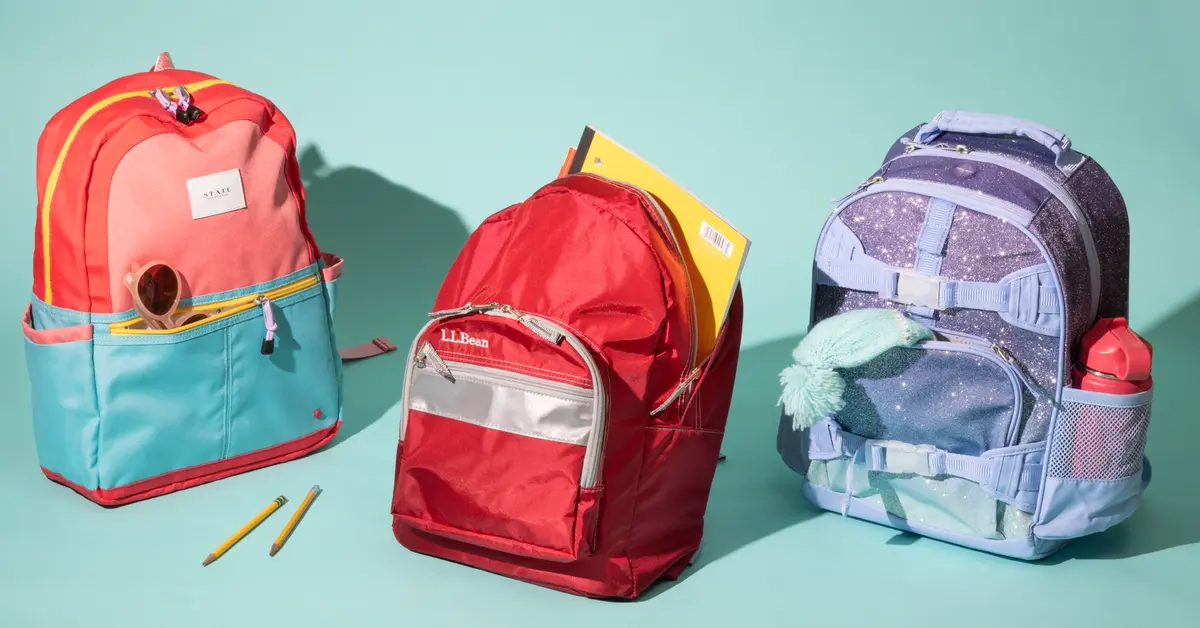
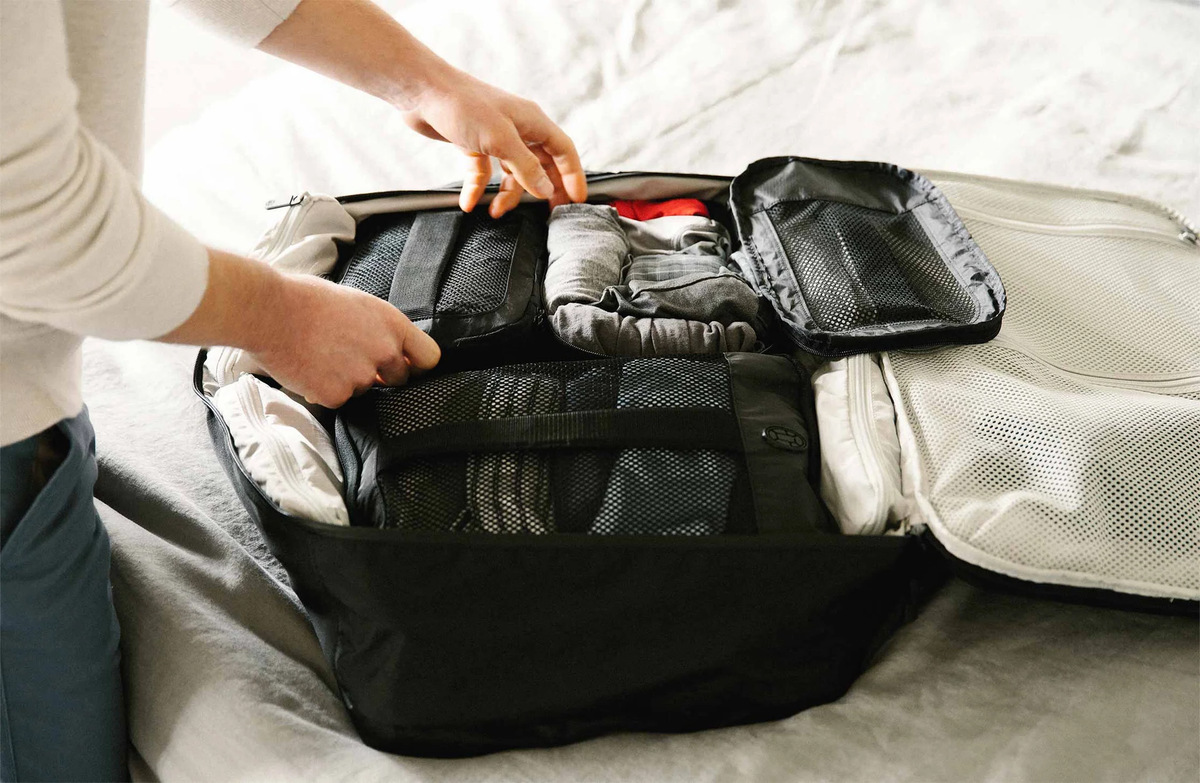
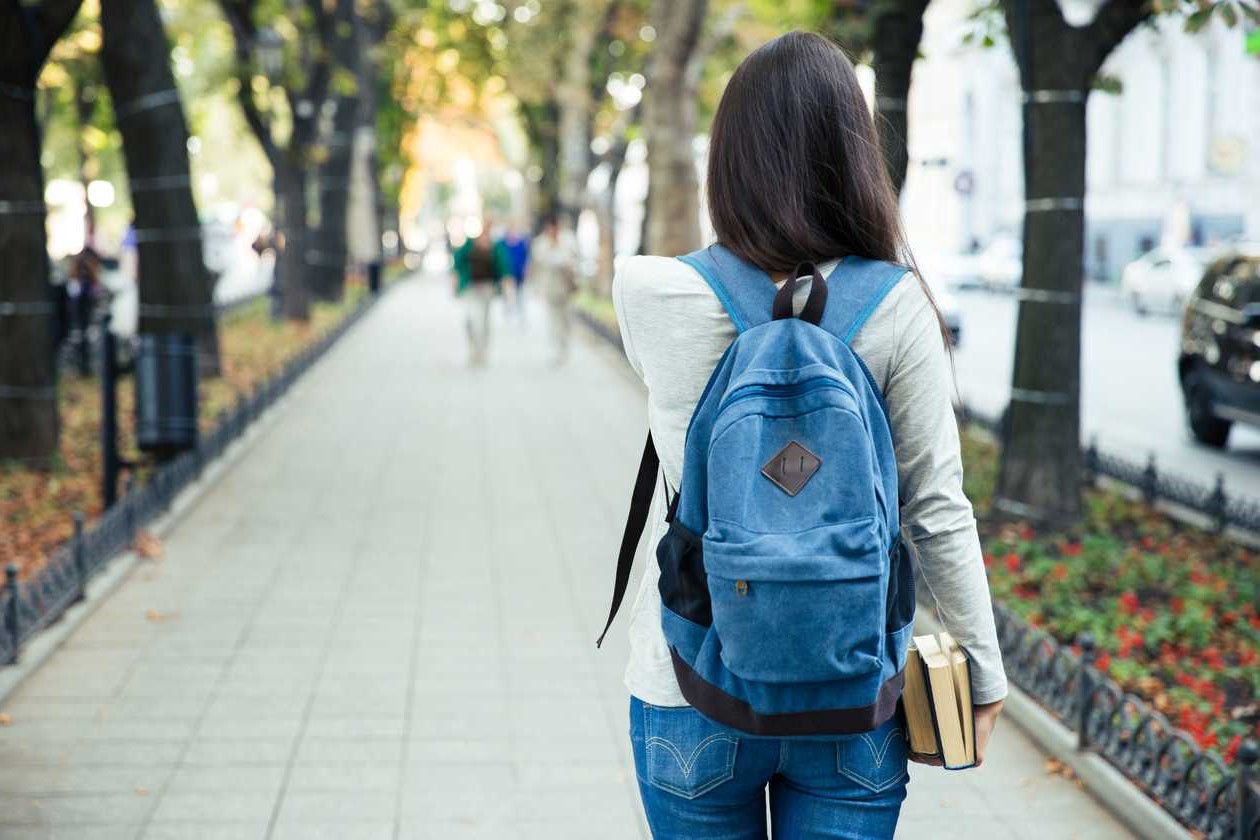
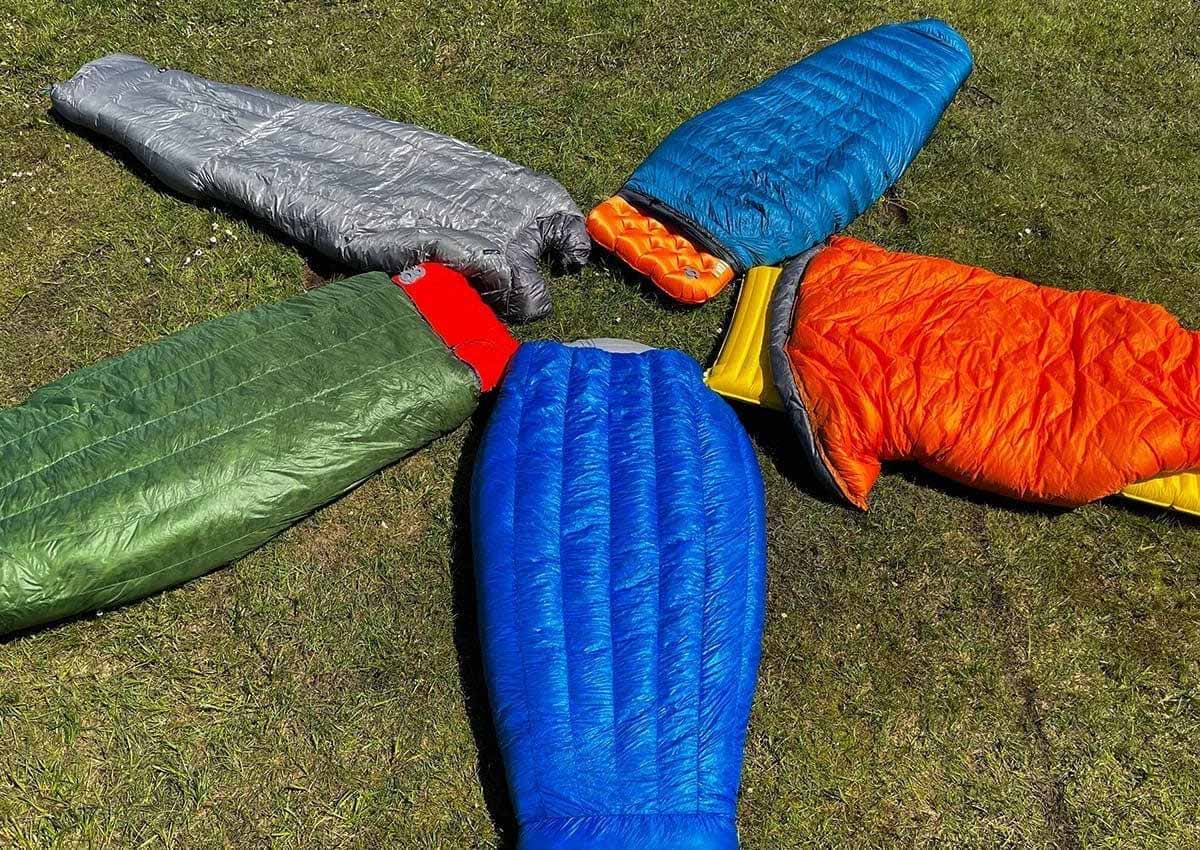
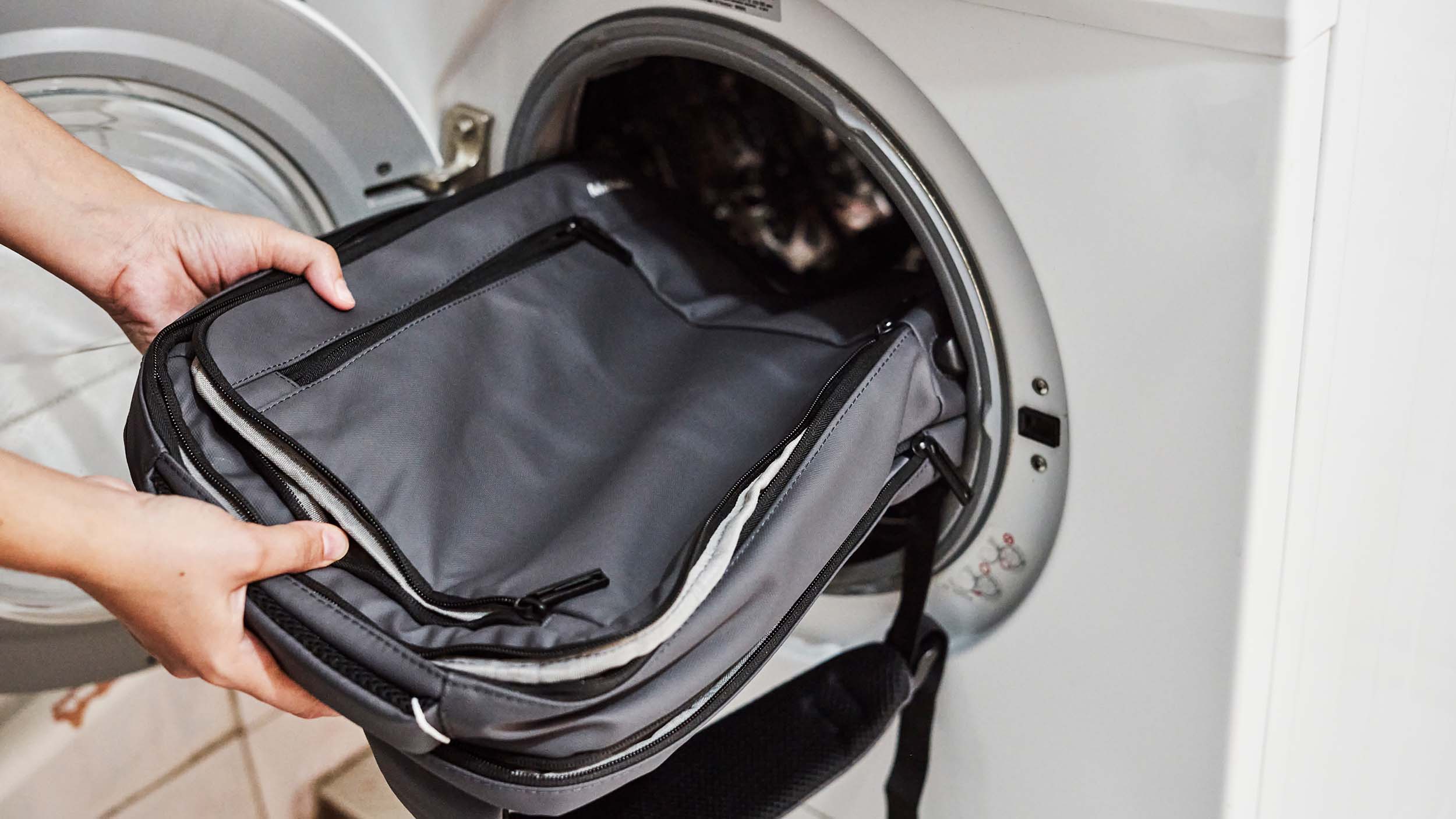

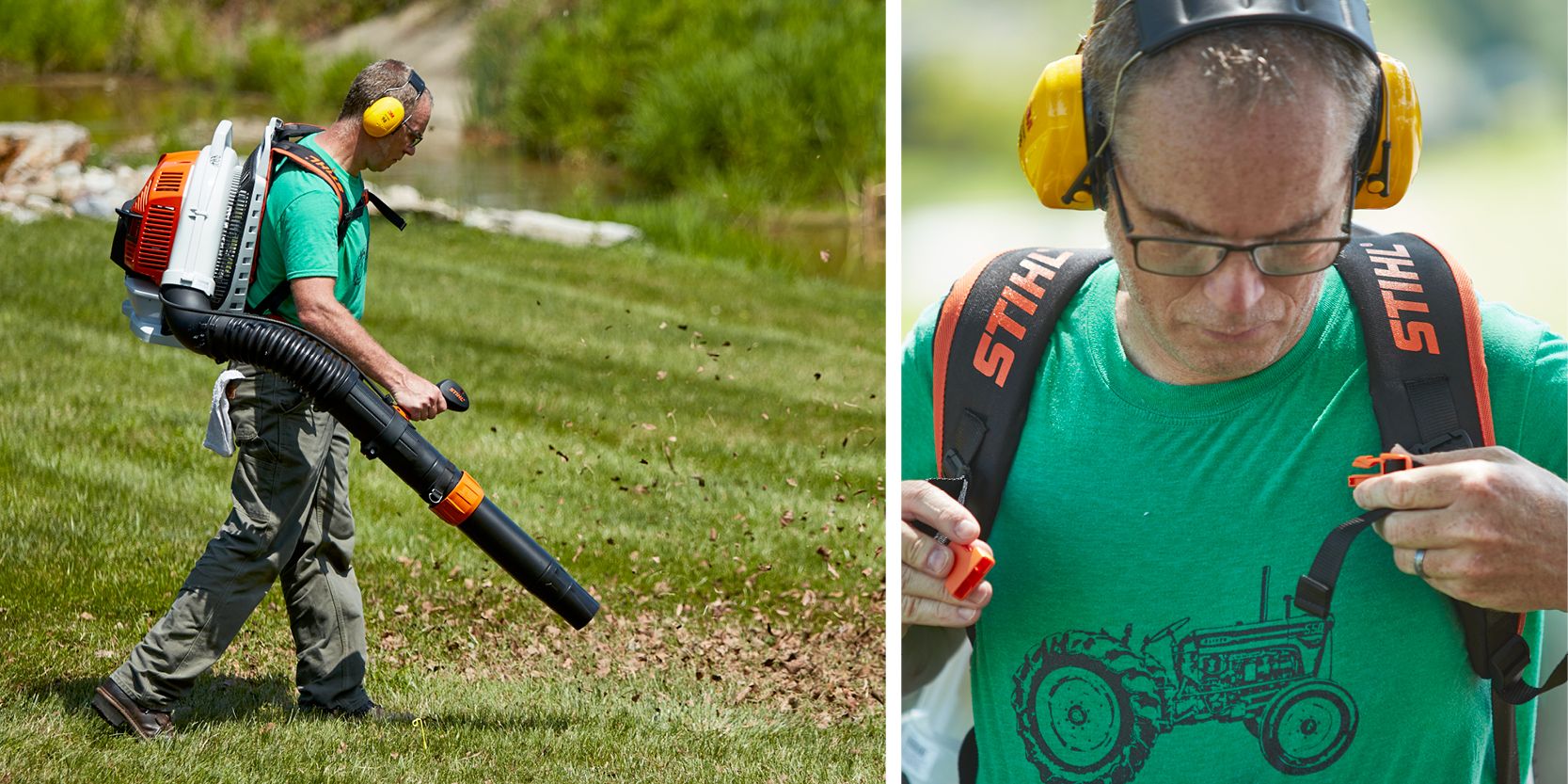

0 thoughts on “How To Store Backpacks”